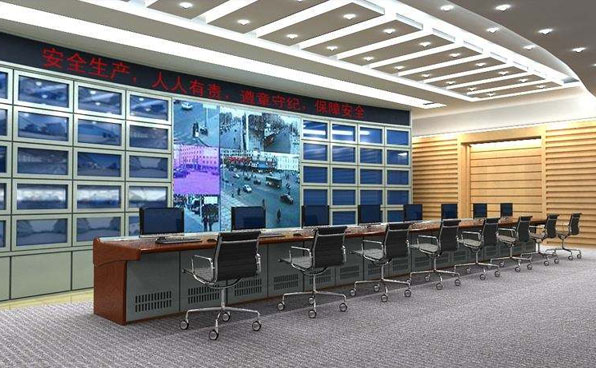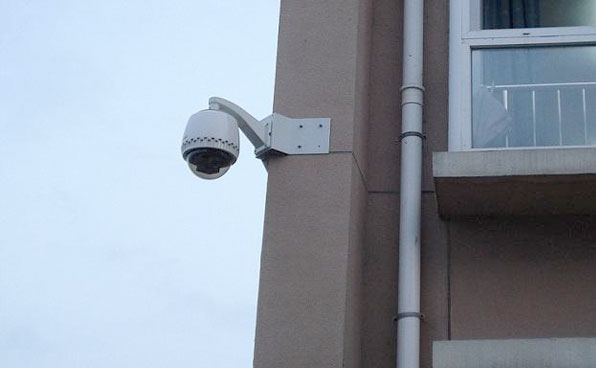
We are customer-centric and provide customized or one-stop full-stack solutions to empower all industries.
In large-scale video surveillance projects such as Safe City, the number of surveillance front-end accesses is huge, the storage cycle is long, and high-definition camera code streams are widely used in Safe City projects, so the storage capacity is huge. Generally, the public security bureau is used as the monitoring sub-center to achieve centralized storage within the bureau, and important videos are uploaded to the municipal bureau or provincial department for centralized storage, and unified command is carried out at the municipal bureau or provincial department. The centralized storage system not only needs to meet the storage and playback requirements, but also needs to support rapid response to emergencies, command decisions based on video analysis, etc. Due to the characteristics of the Safe City project, the following requirements are put forward for the centralized storage system:
★ Storage device redundancy requirements, device failures must be transparent to applications and business must not be interrupted;
★ Due to the huge number of storage devices, storage device redundancy is required and cannot bring too high cost pressure;
★ High demand, supports large-scale high-definition storage, and meets the needs of multi-point concurrent browsing;
★ Storage virtualization requirements, support dynamic on-demand allocation of storage space and online capacity expansion;
★ Energy-saving requirements: storage devices that record historical data are allowed to sleep to save power and extend the life of the hard disk.

In this solution, monitoring centers at all levels virtualize and integrate all storage spaces through the built-in cluster file system of GS-7020 to build a private cloud storage system; monitoring centers at all levels are connected by a digital video dedicated network to realize the download and authorized access of video data. Inside the monitoring centers at all levels, the storage server finalizes the video and reads historical data to the cloud storage system through the standard POSIX interface. The operations such as equipment failure redundancy, energy-saving switching, and capacity expansion that occur within the cloud storage system are completely transparent.

Device-level N+N redundancy: When a storage device fails, it supports IO redirection at the virtualization layer, switching IO write operations to normal storage devices to ensure that recording services are not interrupted. Only 5% of redundant hardware investment is required at most, improving the high availability of the storage system.
It supports the separation of metadata and data, realizes out-of-band concurrent data access, and eliminates performance bottlenecks. Through file-layer virtualization technology, it brings a high-performance unified namespace, data resources can be effectively shared, supports effective load balancing and fault switching under high-definition applications at the application level, and supports unimpeded access to video analysis applications.
Combined with the storage device MAID technology, you can set a rotation working strategy to support intelligent MAID energy saving, allowing load-idle storage and extending the life of the hard disk.